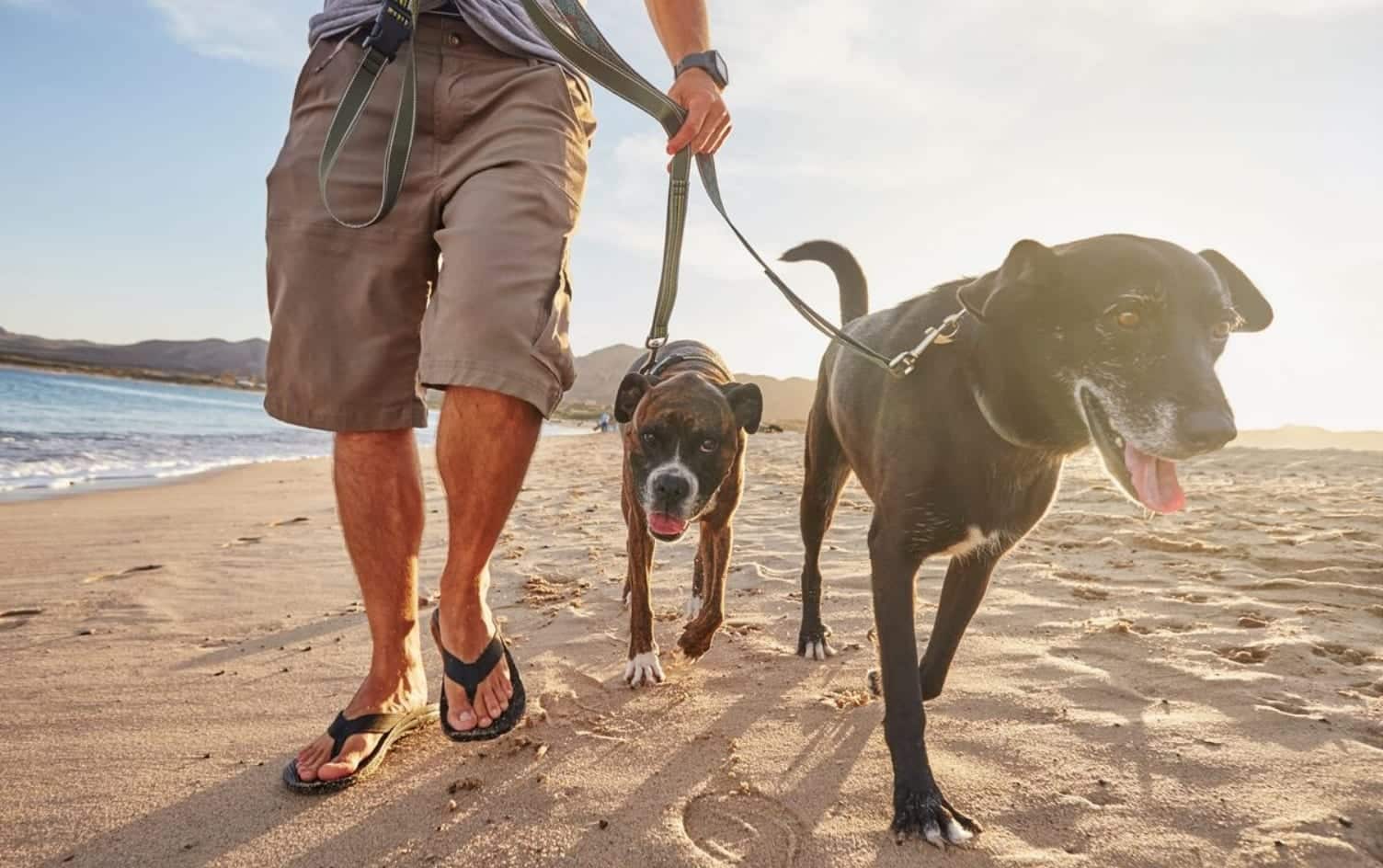Summer is when you get to dress casually and spend as much time as possible outdoors. If you’re trying to increase your step count this summer, you may be tempted to wear flip-flops on daily walks or when running errands. However, while many people spend a lot of time in flip-flops in warm weather, research has linked this unsupportive footwear to changes in gait leading to foot and ankle injuries, as well as other problems.
Because flip-flops attach to your feet precariously, you walk differently in them. “People alter their gait when walking in flip-flops by taking short, shuffling steps while gripping with their toes,” says Dr. Joseph Snowden, a board-certified podiatrist in Austin, Texas. “This change in foot placement when walking can change your posture, resulting in strain above the foot, like knee or back pain.”
Unconsciously gripping the flip-flops with your toes to prevent your foot from sliding may cause flexor and extensor tendonitis, says Dr. Anthony Weinert, a board-certified podiatrist in Troy, Michigan. “It can put too much strain on the tendon and eventually causes inflammation and pain.”
What’s more, flip flops have very little sole support and no arch support, points out Dr. Suzanne Fuchs, a board-certified podiatrist based in Jupiter, Florida. This can lead to plantar fasciitis, a common walking injury where the ligament that runs across the bottom of your foot from your heel to your toes becomes inflamed. “A common symptom of plantar fasciitis is pain in the arch that radiates into the heel,” says Weinert.
The minimalist design of flip-flops leaves most of your foot exposed, making it easier to get hurt. “I have seen injuries due to flip-flops sliding off the foot or getting caught on something, which can cause a trip or fall,” says Fuchs. “When you wear flip-flops, you increase your chances of stubbing or breaking a toe, [and] you are more likely to sprain your ankle.”
Other injuries may be more likely because of the way flip-flops are designed. “Blisters can easily occur on the feet while wearing flip-flops, especially in between the first and second toe, where the strap is positioned,” says Dr. Bruce Pinker, a board-certified podiatrist in White Plains, New York. “Pain at the ball of the foot is common, known as metatarsalgia or bursitis, as there is often a lack of cushioning in most flip-flops.”
“Short duration of time use is OK, but the longer you wear them, it will pose more instability and strain of the foot, which will cause not only problems in the feet, but also will cause symptoms with the knees, hip and back,” Weinert says.
If you enjoy flip-flops, wear them for one activity per day, then switch to other, more supportive walking footwear, suggests Snowden. “Going to the beach or a short, casual walk is OK to do in flip-flops.” For walks longer than 10–15 minutes (or farther than half a mile), you should consider a proper walking shoe, recommends Snowden.
READ MORE > WALKING VERSUS RUNNING SHOES: WHAT’S THE DIFFERENCE?
“We now have shoes for every type of activity,” says Dr. Edgard Nau, DPM, a board-certified podiatrist in New York City. “They should all offer cushioning and medial arch support. [Choose something other than flip-flops] any time you are walking on a hard surface, which is most of the time in our modern world.”
Socks and sneakers also offer shock absorption and stability. “I recommend a basic running shoe with good cushioning,” Snowden says. “If you are walking or running, especially outdoors on cement or uneven surfaces, a good heavier shoe with more support is better than the lightweight, minimalist shoe.”
In warmer months, sandals might be a better choice than flip-flops. “The more straps the better, when it comes to sandals,” Snowden says. “Straps keep your foot more stable and don’t allow your foot to slip out of the shoe.”
To become more active, try setting a simple goal to increase (and track) your daily steps. Go to “Plans” in the MyFitnessPal app and choose a 28-day step plan to learn tips to boost your activity.




